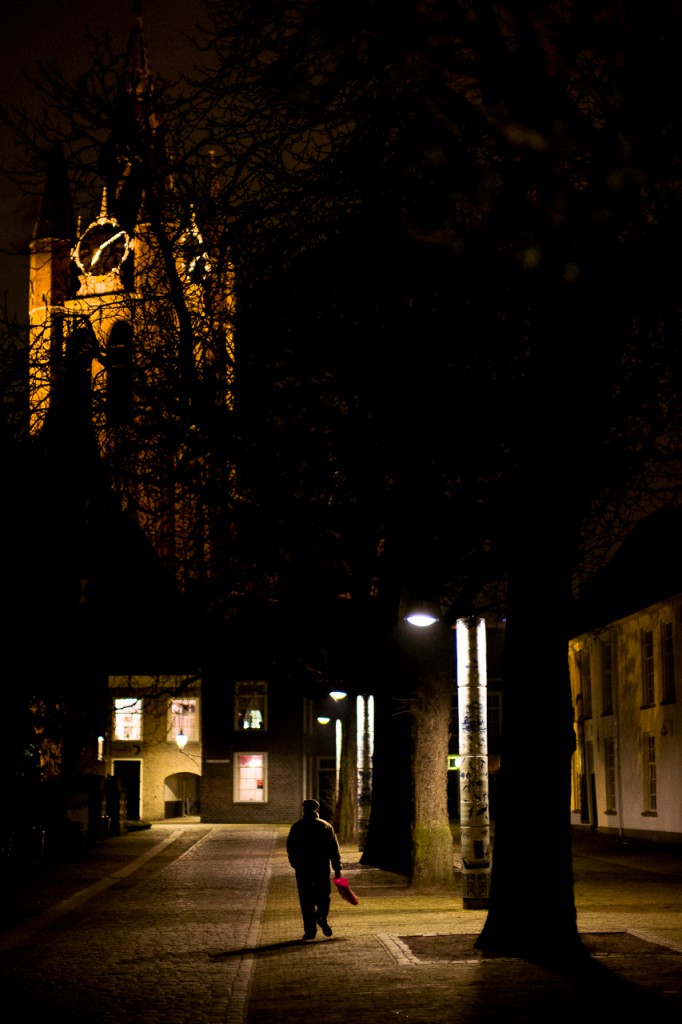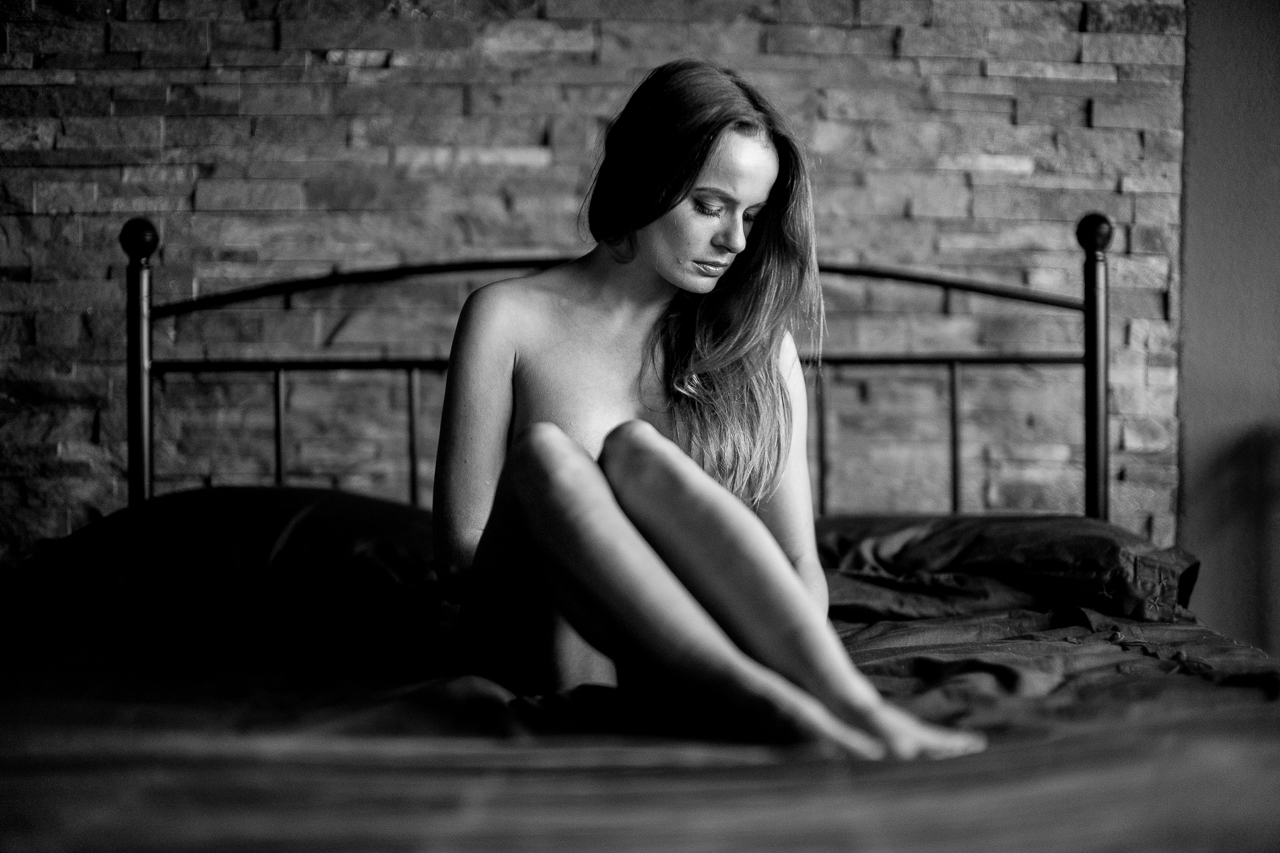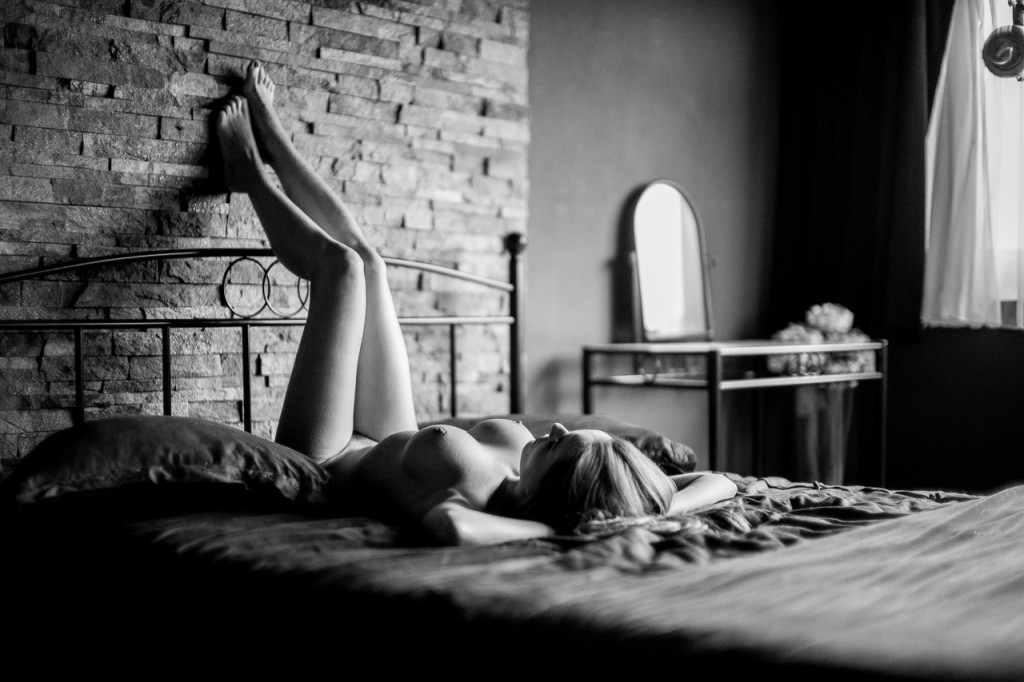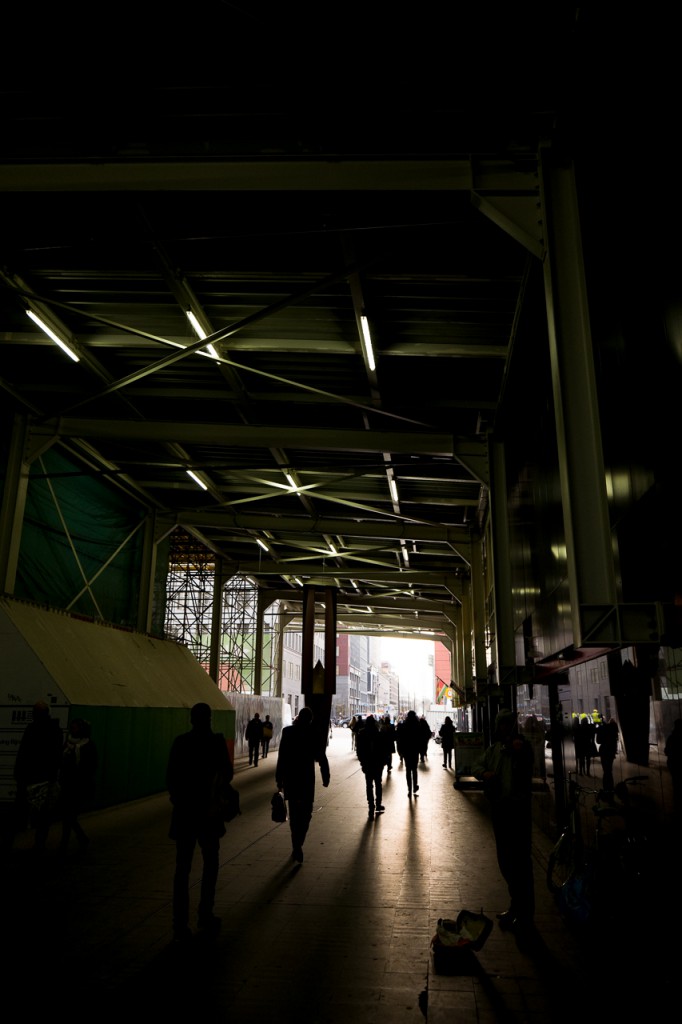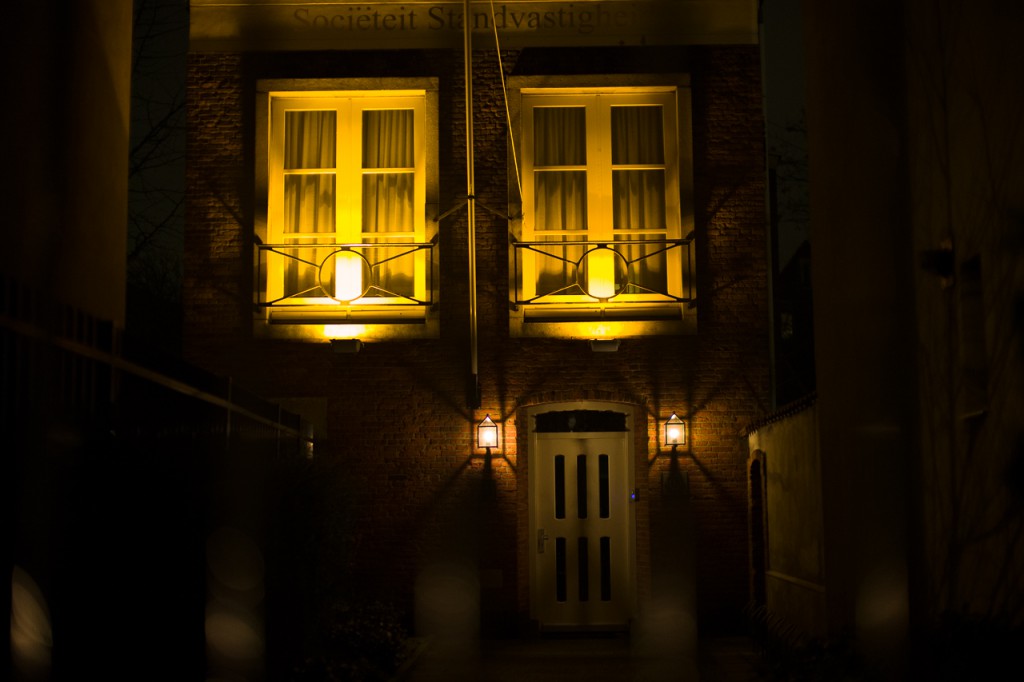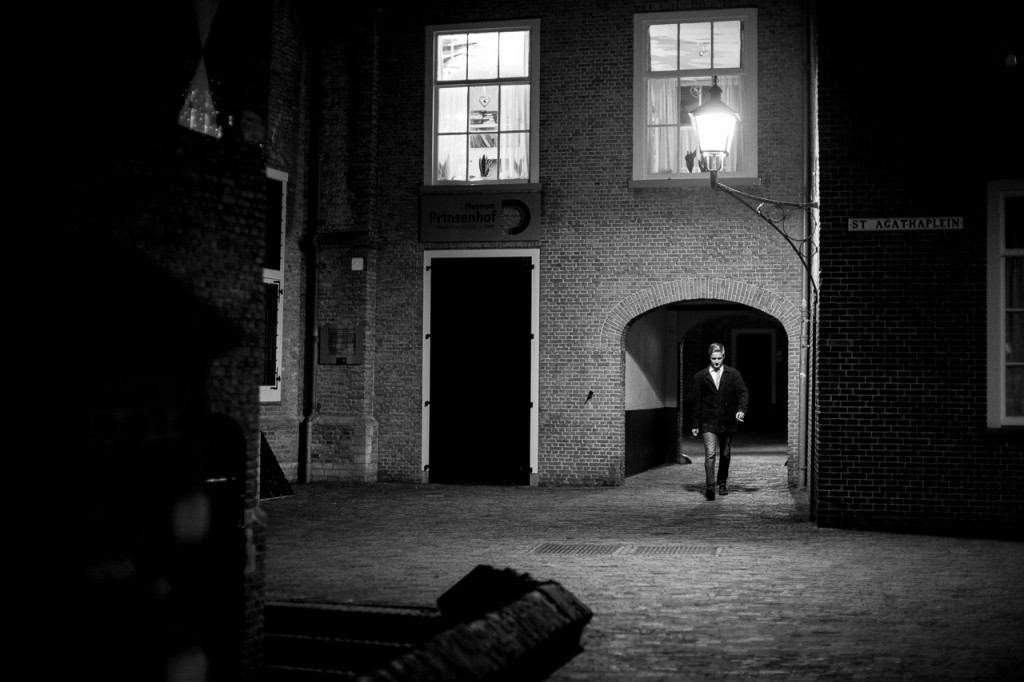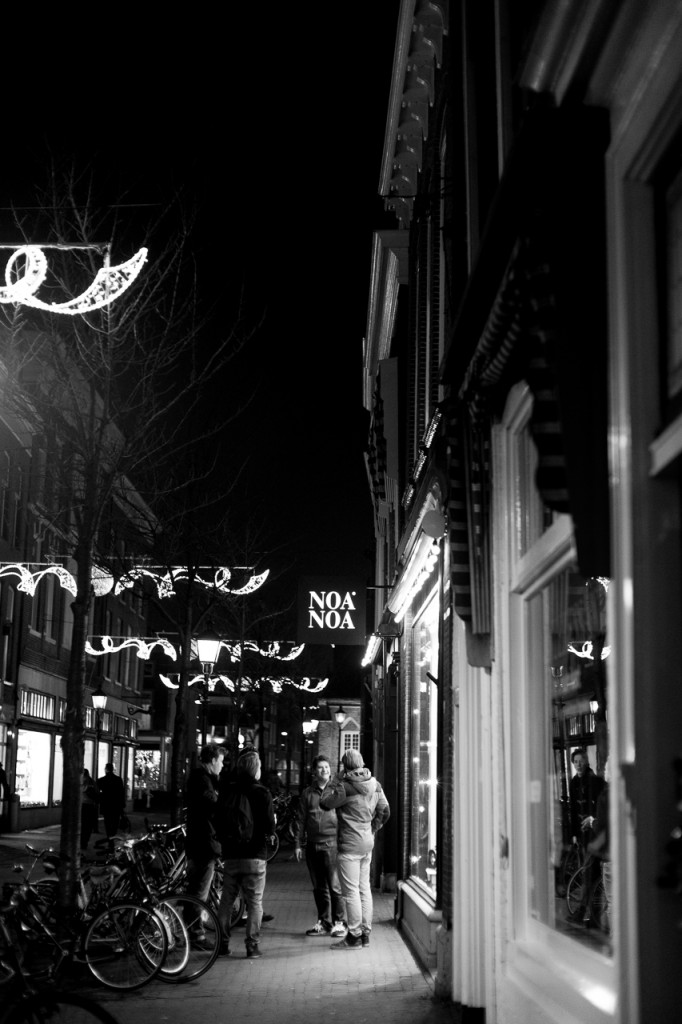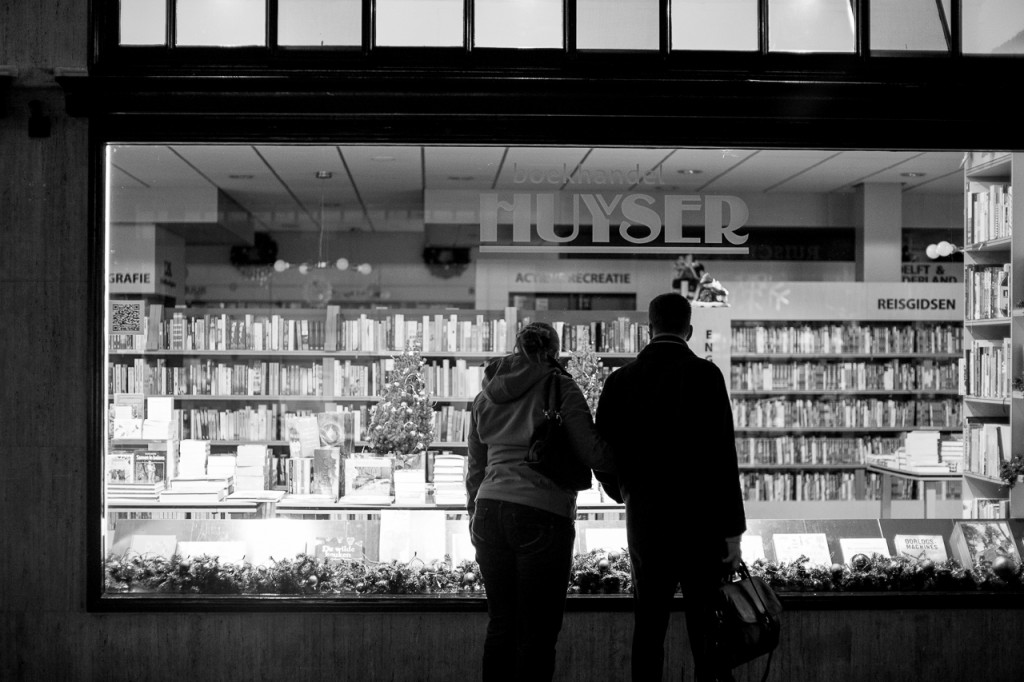The Leica SL is a tough beast to review. I’ve been playing with it for a week and in the meantime a number of people asked me what I think of the SL. The thing is, unlike a lens or a camera bag, with the SL it is pretty hard to say in just a few words. Yes, it is good, sure, but good for whom?
There are already enough reviews where image quality has been reviewed thoroughly, both of the SL and the 24-90. I can be short about that: it is all true. I’ll focus on usability only. With my background as Leica M wedding shooter I think to know what to look for in a camera and hopefully, that will be of some use to you.
Yes, it is good, but good for whom?
Say you’re in for a new car. You’ve been driving your Toyota Corolla for ten years now and you’ve been saving up for a brand new car. In fact, you’ve got about 35k to spend. You like Toyota, so you visit a showroom. With 35k in your pocket, most cars are within your reach. Two cars attract your attention: the spacious 4WD RAV4 and the minimalistic GT86 sports car. The GT86 is slightly more expensive, but you can live with that. You can’t decide what to do though. RAV4, or GT86. GT86 or RAV4…
How likely do you think this scenario is? Well, very unlikely. Why? Simple, the GT86 is a minimalistic sports car for two -and a half- persons with rear wheel drive and a small boot. The RAV4 is a SUV for five people with loads of luggage and has four wheel drive. Both cars have only one thing in common: the brand. Nothing else.

Yet with the Leica SL it seems to be perfectly normal to compare it to the Leica M, the T, the S and many other cameras with a red dot. I have received many emails from readers asking if I’m going to switch to the SL. The point I’m trying to make is that while I am an avid M user, not all cameras with the red dot are equal.
Not all cameras with the red dot are equal…
Back to the car analogy: it would make more sense if the car buyer with a certain budget has a type of car in mind that he wishes to drive in and then simply visits a number of dealers to decide which car he likes best. If he’s in for a sports car, he’ll try the GT86, the MX5, a second hand Boxster. If he’s in for the SUV, he’ll try a RAV4, a second hand Landcruiser, a CX5, the CRV, etc.
So with a camera, it would make more sense to make a list of your wishes (Autofocus, weight, number of lenses available) and shop between different brands that have something to offer that matches your wish list. Yes I know, the analogy isn’t perfect. If you have invested several thousands of euros in Leica lenses, there is little chance that you’ll make the switch to a brand where you can’t use these lenses anymore. But still, comparing the Leica SL to the Leica M is a bit like comparing a minimalistic sports car to a SUV. It doesn’t make much sense.
But I’ll do it anyway.
First impression
Yes, the SL is nothing like the Sony A7 series. It’s not just bigger and heavier, but it feels a lot better. With the A7 I always think that if I squeeze it a little harder, it will break into thousand pieces. Won’t happen, I know, but it feels like that. The SL fits like a glove (I have a size 9 glove by the way), even better than a 5D3. Seriously, it feels like the SL was made for my hands. But not all hands are the same, so you’ll have to figure that one out for yourself. Second: buttons. It seems that every time I use the A7s (I don’t use it that much) I discover a new button which I wouldn’t know what it is for. With the SL, well, there are only so many buttons. The first fifteen minutes are slightly annoying when you try to figure out which button does what, but then it turns out it’s not so hard.
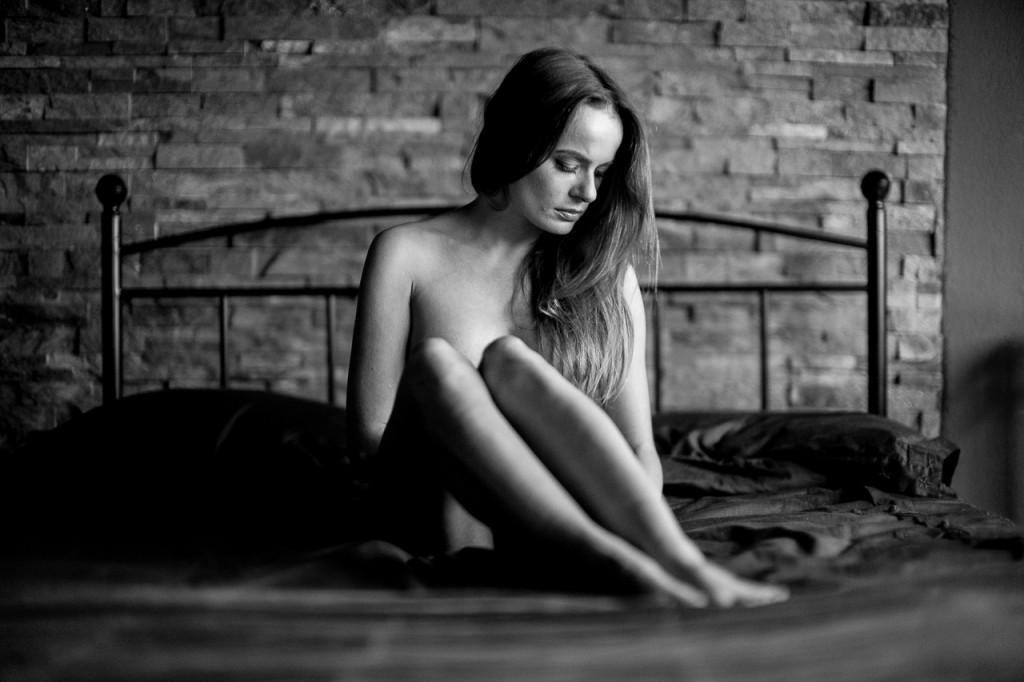
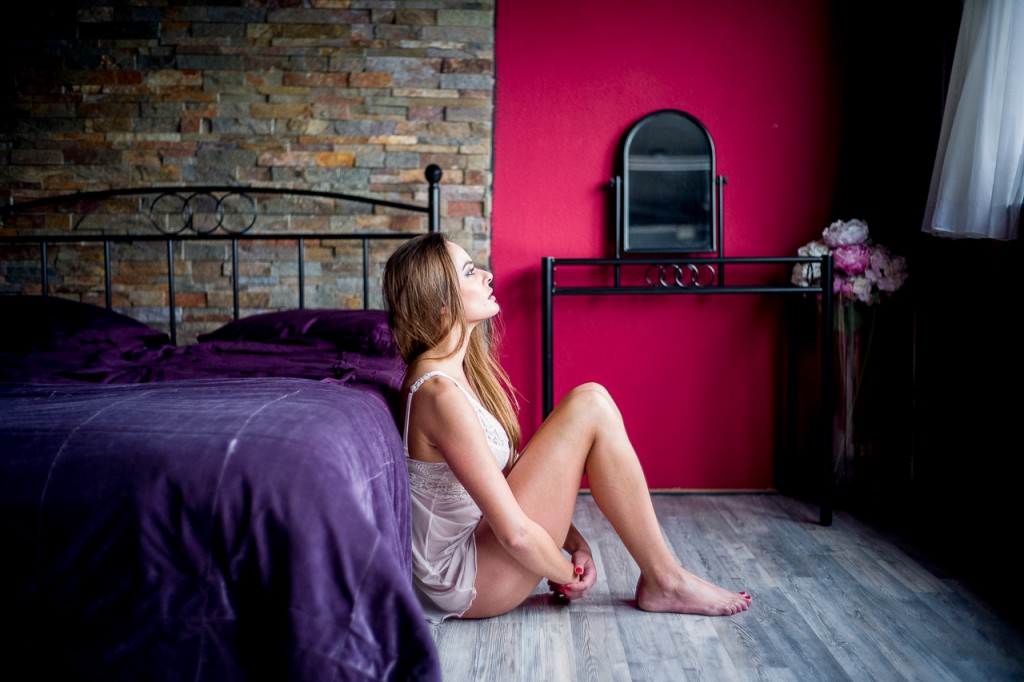
While the SL is relatively small with, say, a 35 Summicron, it turns into a monster as soon as you attach the 24-90 Vario Elmarit. This is a very heavy and very big combination which can be compared to a Canon 5D3 with a 70-200/2.8 zoom (without hood) attached. Certainly not something I’d like to carry around all day. However, for someone who is looking for a pro camera with a fast focussing zoom lens with weather sealing, this wouldn’t be a problem.
Actually, the bigger and heavier SL has an advantage as well. If you use heavy lenses on your M, like the Noctilux, or the Nokton 35/1.2, the SL offers a much better balance than the M does. Let’s face it: the Noctilux is just too heavy for the M. Even with the grip it is massively front heavy. With the SL, the combination is heavier, but feels lighter. So weight and size are all relative. When I’m travelling, I’m more interested in the total weight of my camera-lens combination, because I’ll be carrying it more than I’ll be shooting it. On a wedding, it’s the other way round. I’ll be shooting more than I’ll be carrying.
The SL offers a much better balance than the M does…
A lot has been written about the EVF and for a reason. It is big, huge actually and it is the best I have seen. Even better: the entire frame can be seen while wearing glasses. Easily! While with the M 35mm is the max you can see while wearing glasses, with the SL it doesn’t matter which focal length you’re using. A big advantage. Compared to a DSLR the EVF is also better suited for people with glasses. The OVF in my 5D3 is much harder to see than the EVF in the SL. In fact, I think the SL may be the best camera ever for people wearing glasses.
In fact, I think the SL may be the best camera ever for people wearing glasses…
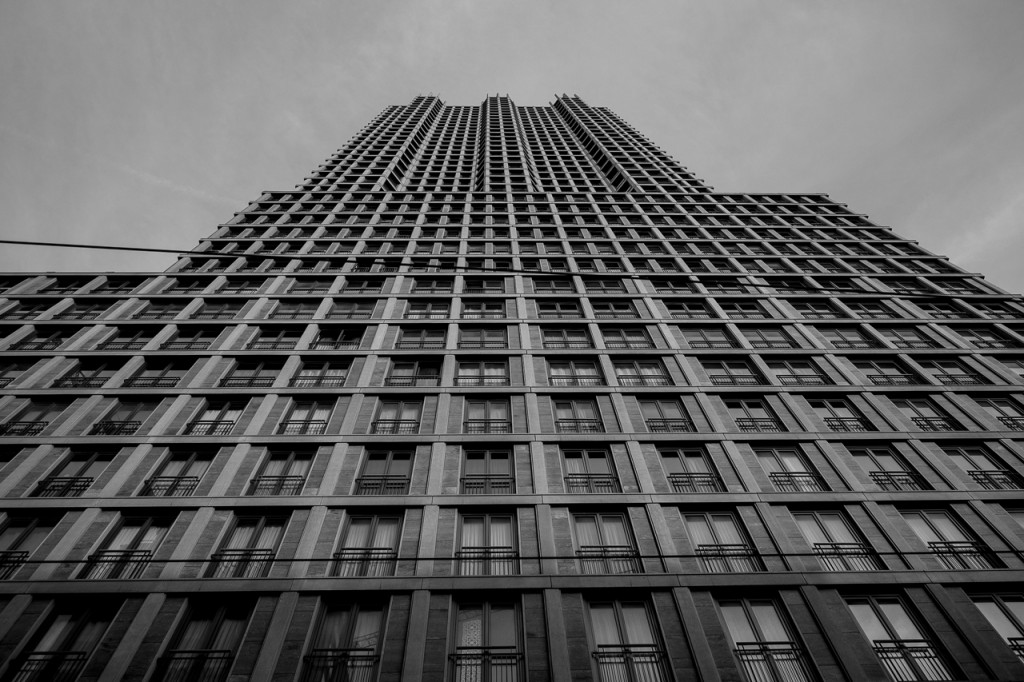
On the job
The SL is not an M, so it’d be unfair to use it like I do with the M, even though I will compare it to the M. So here’s what I did. The first day I got the SL, I arranged a studio and a model and did what a lot of -pro- DSLR users do: shoot a model in a studio. Not my cup of tea, but in my early years I spend quite a lot of time in studios, working on my skills, so I know how it works. With my wife being an artistic nude photographer, I joined her on a shoot and we exchanged cameras a few times. While she usually works with an M and a 5D3, we left the M for what it was this time.
We started of with some available light shots. It was a rainy day and already 3 p.m. so there wasn’t much light. A very good opportunity to test the SL. The 24-90 didn’t make much sense with the little light there was, so we started with the Noctilux straight away. Composing the image with the huge and bright EVF is just great. Absolutely lightyears ahead of any EVF I’ve seen. And in dim light also better than any OVF. But manually focussing the Nocti could be easier if the focus peaking would be a little more intense. In fact, it is way too faint to be reliable enough. I’d say that focus peaking needs to be adjustable for a) intensity and b) level, or threshold. Easy to fix in firmware though. Mind you, one of my Facebook friends said: the M and the Q have the same problem and Leica never fixed this in firmware.
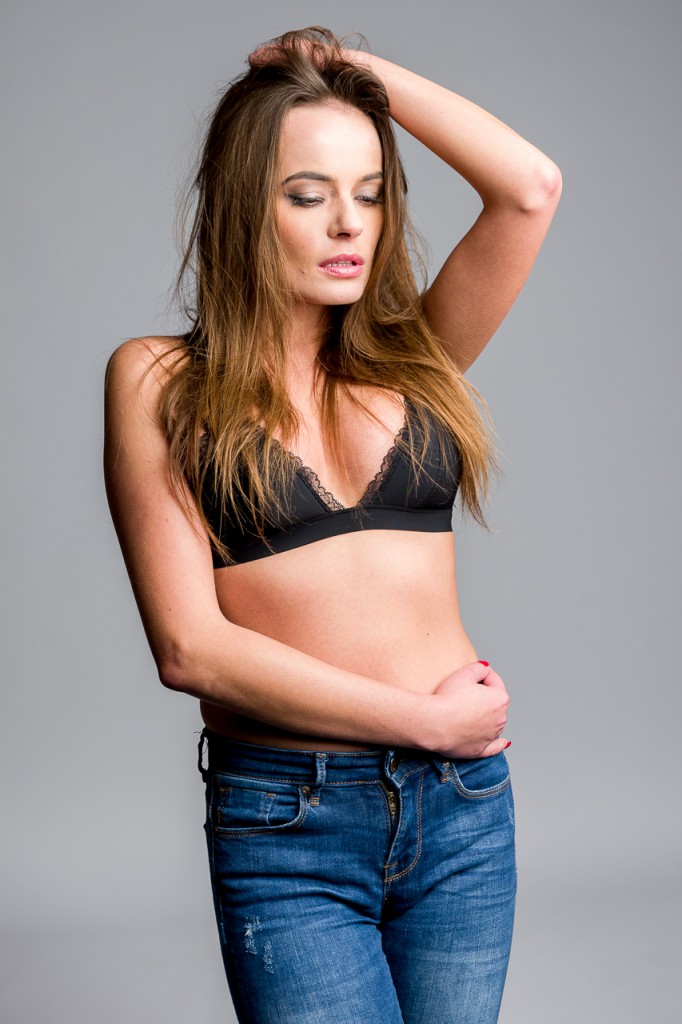
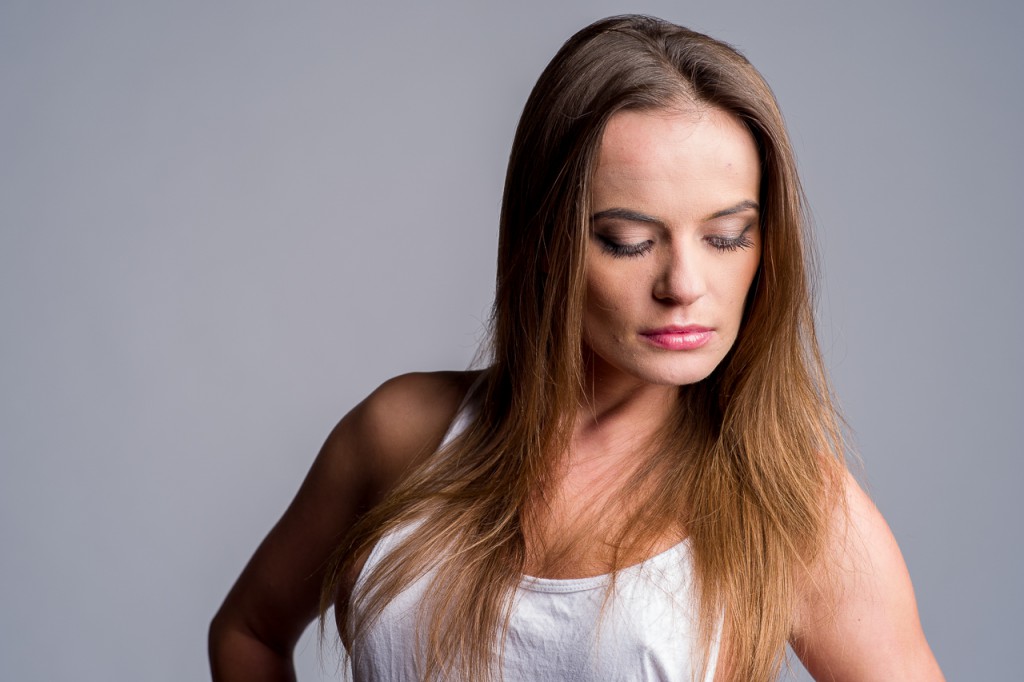
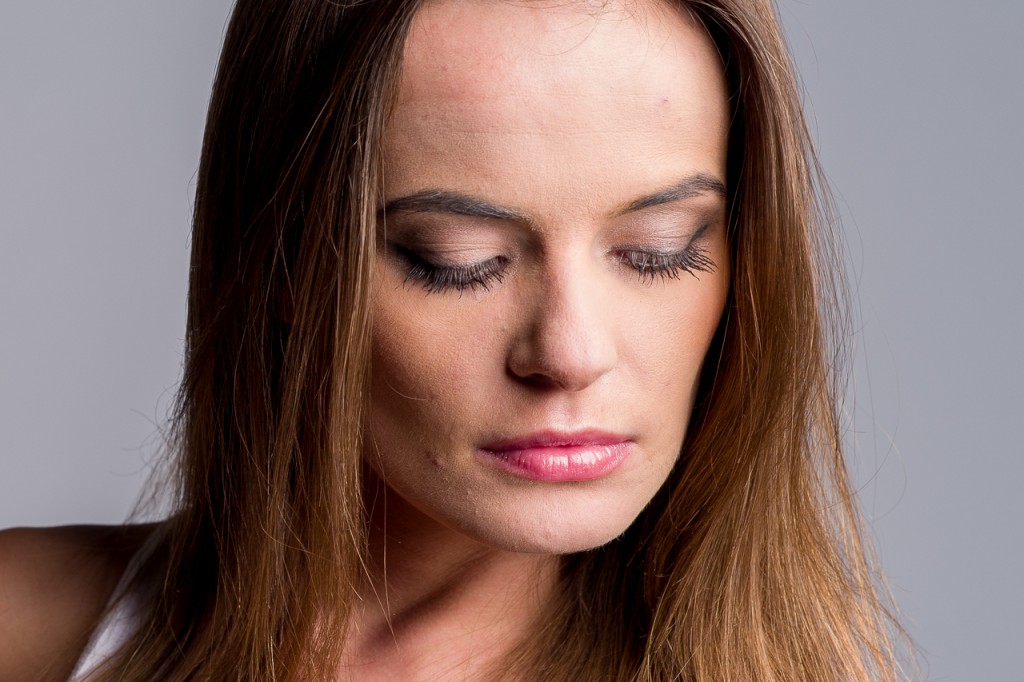
After the available light shots, we started with some flash shots. I used a couple of lenses for these shots. One of the first things you’ll need to do is switch off the ‘exposure preview’ setting. If you don’t, your EVF will go black once you slightly press the shutter, because it exposes for the exposure you’ve set your camera. And this exposure is adjusted to the flash output. The fact that it can be turned of is great though. It shows Leica is actually thinking about the pro studio user. Also, I found that the SL works a lot faster with the auto review turned off.
With M lenses there is a slight disadvantage in a studio. While a DSLR keeps the aperture fully open until you press the shutter, an M lens has no mechanical connection between the aperture and the camera. Setting your aperture to 5.6 or 8 means that the aperture already closes to 5.6 or 8. even before you’ve taken the shot. That in turn means that there’s less light on the sensor and that the camera needs to ‘boost’ the signal to make the EVF bright enough. And that results in a laggy image. With the 24-90 the aperture is kept open, until you take the shot, so a much better image in the EVF is the result. I suspect that the new 50/1.4 and 35/1.4 will do the same thing as the 24-90.
One day later, I was hired to cover a small and intimate family party by a client who has hired me a number of times. I covered the job with nothing but the SL, the 24-90 and the Noctilux. I can’t publish any of the results, but the pictures look great. They’re slightly different than what I use to shoot, but that is caused by the zoom. Normally, I don’t do wider than 28mm and I shoot most of the frames with either a 35 or 50. For me, it’s a bit weird to see images that show more variation in focal length, but I think most people won’t even notice. Second, you don’t have to use the zoom as a zoom. You can shoot it as if you were using primes. The problem with the 24-90 is that it gets slower when you zoom in, so creating a thin DOF on 50 or 75mm is not really an option. You’ll have to use your M lenses for that.
I tried very hard to shoot a wedding with the SL, but it’s december and no one seems to be getting married here. So the next day, I took the SL to a flamenco dance rehearsal to test its abilities for shooting moving people under shitty light. Just like a wedding. I also took the opportunity to shoot some street shots on my way to the rehearsal. I didn’t feel like like hauling a big bag and I suspected the level of light to be dim at best, so I left the zoom at home. When I got there, the light turned out to be quite unflattering, but also abundant. I could have easily used the zoom. With the 28 Elmarit and the Noctilux I moved around a bit and shot a few images. Again, I wished for peaking with a higher intensity and another button for the magnification. But thanks to the resolution of the EVF, even a critical lens like the Noctilux can be focussed good enough for sharp images. Bear in mind that I’ve spend countless hours with this lens, getting it to focus by muscle memory. If you know your lens, the camera doesn’t really matter any more. I’ve also spend a lot of – very joyful – hours with my students learning them how to focus a rangefinder lens. While I was shooting the dancing ladies, I suddenly realized that the SL might be the best tool for learning to manually focus a Leica lens. Why? Because the EVF is lag free (on low ISO) and has a very high resolution. With this camera, you can focus on a subject and adjust focus as the subjects moves and get direct feedback through your EVF. I’m quite sure your focus speed and accuracy with your Leica M will improve with some training on the SL.
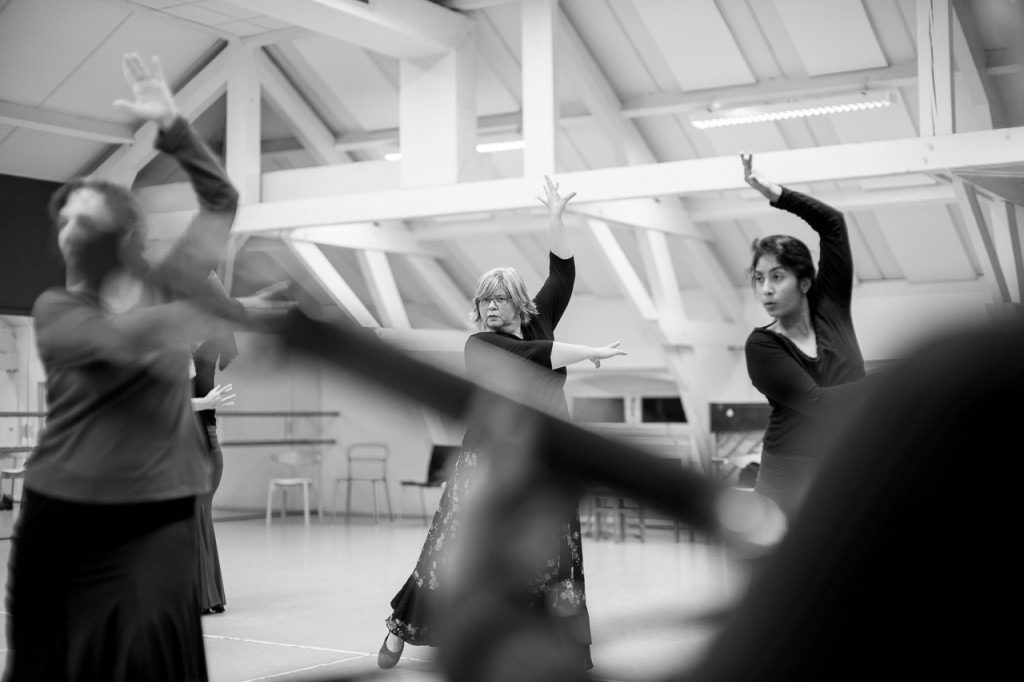
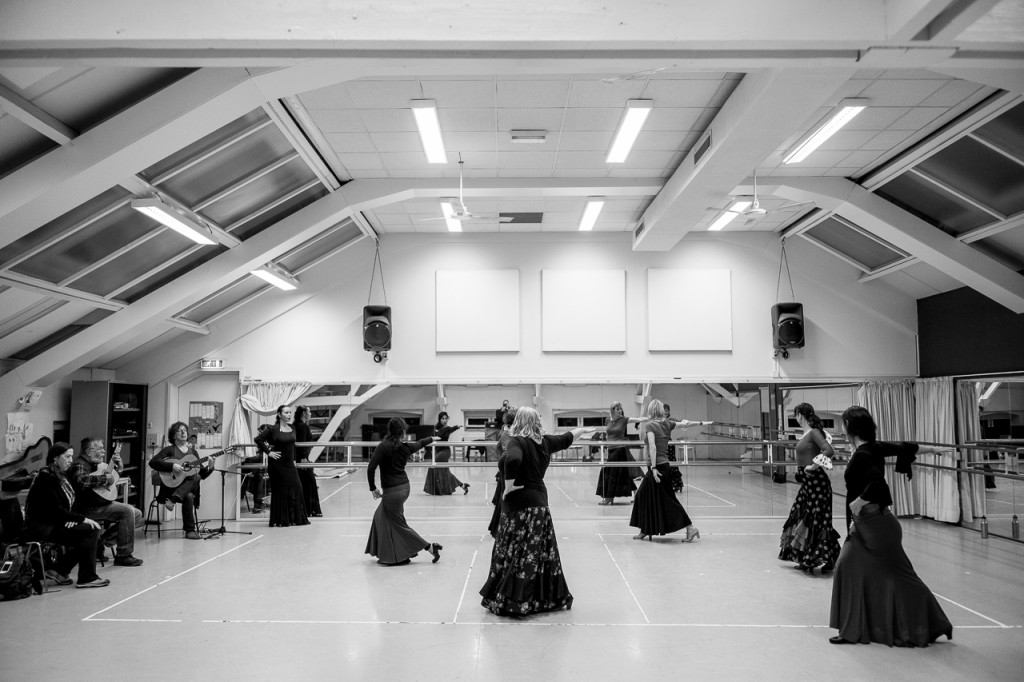
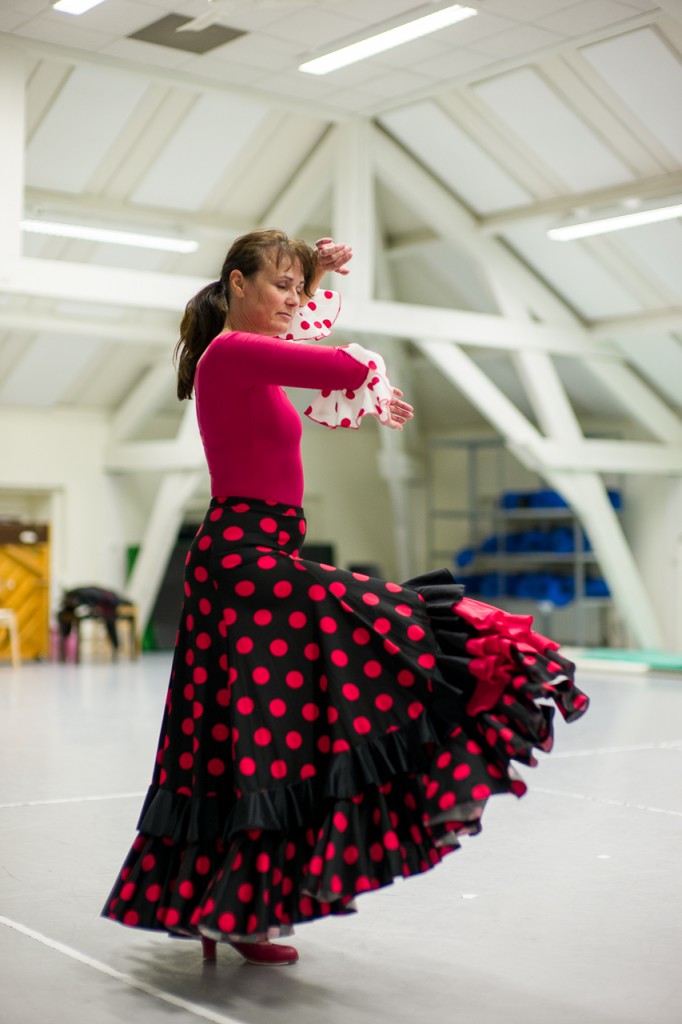
Next day, I took the SL for some action shots when my wife went for a run. The 24-90 didn’t have any trouble at all to keep up with the action. And neither did the camera itself. It had been a very long time since I shot with 11 frames per second, but I had to try it out anyway. During the bursts the EVF slows down a bit and it makes you wonder if it can keep put with the action, but the images afterwards prove it really can. As long as you point the AF crosshair on your subject, it’ll be in focus. I heard some reviewers complain about out of focus images, but with my SL, it didn’t happen. I also realized again why I never shoot with many frames per second: a) I don’t need it and b) I prefer shooting to selecting images.
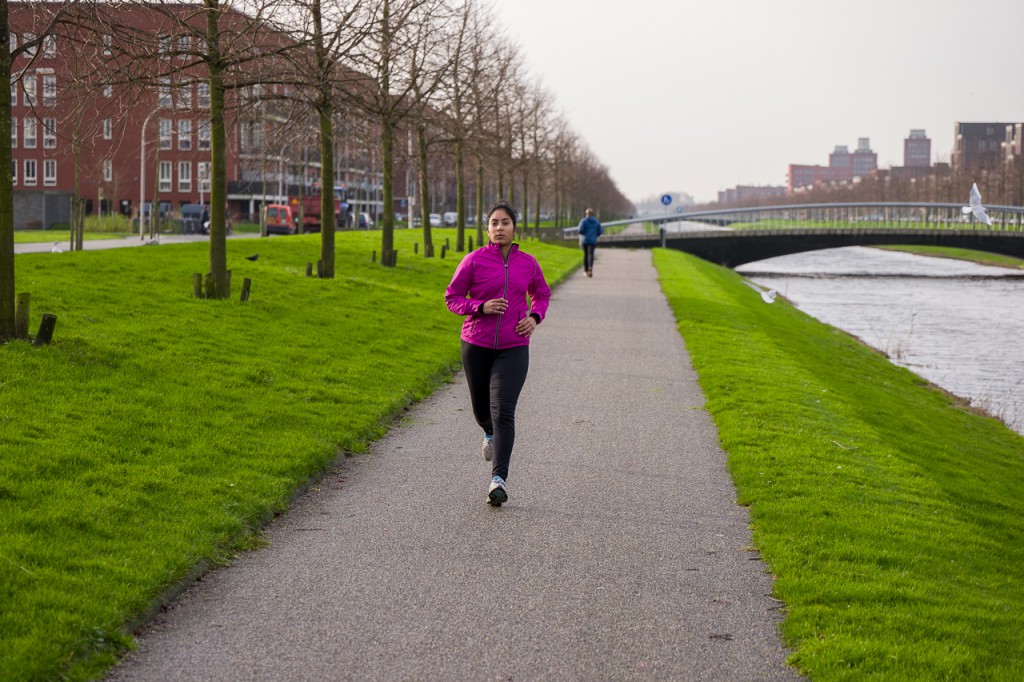
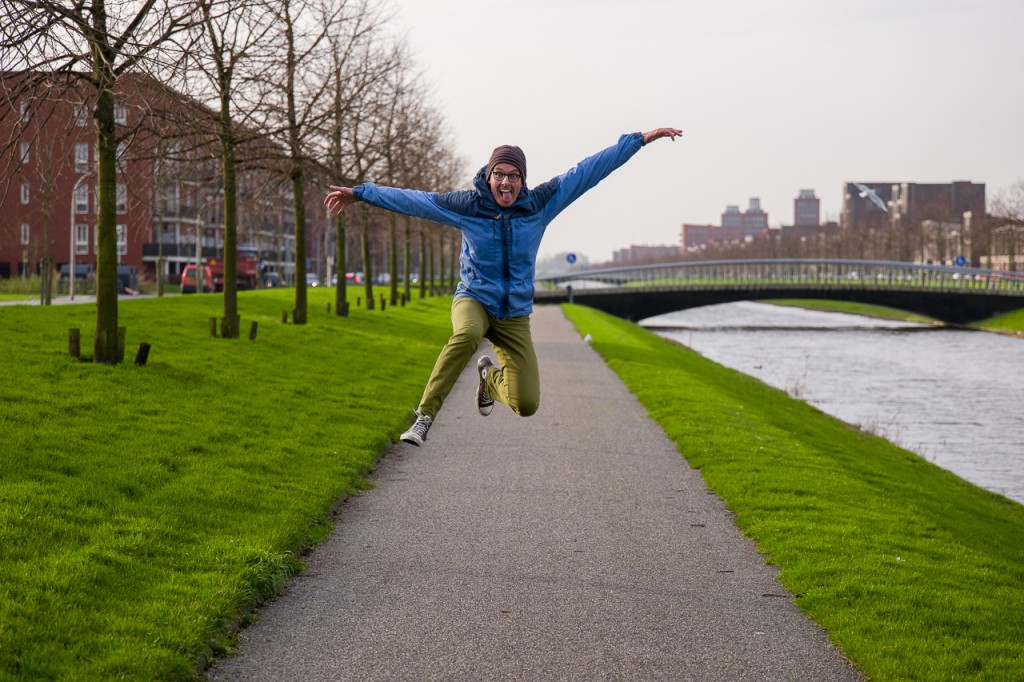
In the afternoon, I took the SL to town to spend some time street shooting. I decided to bring the 24-90, although I feared it would be to big and heavy for this type of photography. And yes, I did get more attention than I usually do, but that’s hard to quantify really. It’s a fact that the M with a small prime is just a fraction of the size and weight of the SL with the 24-90. It isn’t strange you’ll get noticed more easily. While shooting, I immediately felt what I did many years ago when I still used zooms. You really have to be careful not to get lazy. While I normally frame with my feet and hands, it’s very easy to start framing with your zoom and hands. A big difference, because your perspective will change dramatically with the focal length you choose.
Conclusion
It’s impossible to describe what I think of the SL in just one sentence. It’s way too complex for that. I love the EVF, I love the way the SL feels in the hand and how it makes using big and heavy M lenses a lot easier. I love the silent shutter and the lag-free responsiveness of the camera. I love the fact that it is weather sealed, that it feels bomb proof and that I haven’t experienced any lockups, even with an early firmware version. I love the fact that you don’t have to worry about rangefinder inaccuracy and especially with a Noctilux, that is just heaven.
What I like less is the fact that you have to use more buttons and wheels than with the M. The M feels much more intuitive than the SL, much more mechanical. Compared to a DSLR, the SL feels more intuitive and offers a better balance between weight, build quality and interface. I also feel that the SL doesn’t work as fast with M lenses as the M does. Another button for magnification and better focus peaking can partly solve that issue.
Many people compare the SL to semi pro DSLRs like the 5D3, but this isn’t fair. The SL should be compared to the pro line of DSLRs, like the 1Dx, instead of the 5D series. Why? Well, only the pro DSLRs can keep up with the frames per second of the SL. And even then, the magnification of the EVF of the SL is bigger than the OVF in the 1Dx. While a 5D3 is only slightly bigger than the SL, a 1Dx is a lot bigger than the SL and a lot heavier. And price wise: roughly the same.
I’d like to refer to the car analogy I started my story with. If you’re a Corolla driver and you can afford one car, you won’t hesitate between two completely different cars. But there are also people with two cars, or even more. There’s nothing wrong with having the GT86 for trackdays in the weekends and the RAV4 as your daily drive. Just like there’s nothing wrong with owning an M for your street photography and travel photography, while also having the SL for sports photography, studio photography and other things where weight is less important than speed or autofocus. The good thing is that the lenses are interchangeable and that you can compose the ideal kit for each circumstance.
Will I buy one? No. I’m preparing for a new project next year where the SL would be too heavy. If I’d be shooting just weddings in 2016 I’d seriously consider the SL to use it with my Noctilux and other fast or long lenses.
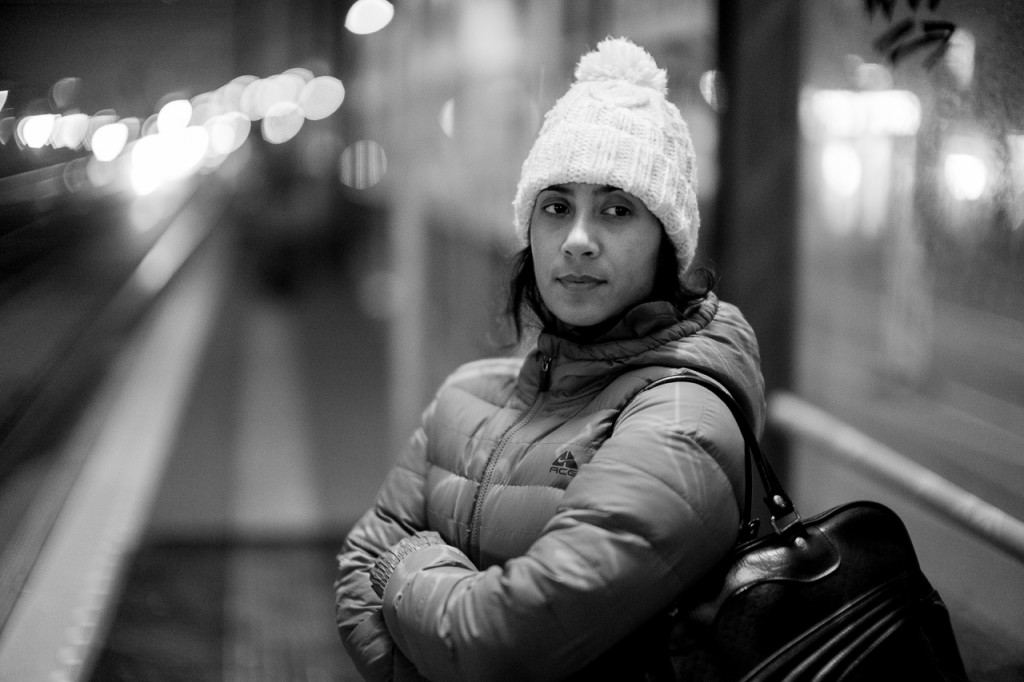
Who is it for?
- Leica M shooters with fast and/or long M lenses: these photographers will buy the SL because of easier and more reliable focussing. The good thing is that the SL can be used with all the lenses they have, plus now they have the option to buy one – or a few – AF lenses for situations where they think they need it. Also, they now have a camera that has no trouble with low light situations.
- Leica M shooters that need better high ISO performance: a lot of these photographers already have an A7s(2) for low light situations where the M240 just doesn’t do the job. But the Sony is a compromise. It’s an ergonomic mess and renders skin tones in a completely different way than the M240, so series with images from the two cameras combined require a lot of post processing. The Leica SL could replace the Sony.
- DSLR shooters that are looking for a high quality system and are OK with not having too many lenses. The 24-90 may not be the fastest lens – I mean in the aperture department – but it might be the best 35mm zoom lens ever built. If you want to stand out of the crowd, this may be the camera you’re looking for. The SL also has the option to be paired with very small, light lenses, creating a kit that is just slightly heavier than an M kit. Although Leica is also aiming at sports photographers, I doubt these people will rush to the Leica stores to pick up an SL, because even though the SL is fast, there are no lenses for serious sports photographers.
- Leica R shooters. I don’t think there will be anything resembling a digital R more than the SL does.
- Leica shooters with limited eye sight. They’re now shooting with the T, the X, maybe the X Vario, or another mirrorless system, but the SL may be the camera they actually want.
- The serious Leica addict. No need to explain. You can never have too many cameras.
Who’s it NOT for?
- Leica shooters who want the smallest and lightest kit under all circumstances.
- Photographers who want to be able to choose between an enormous amount of AF (zoom)lenses.
- Everybody that doesn’t have 7000 Euros in cash lying around somewhere. Although NOW is the time to ask the fat guy in the red suit with the white beard.
